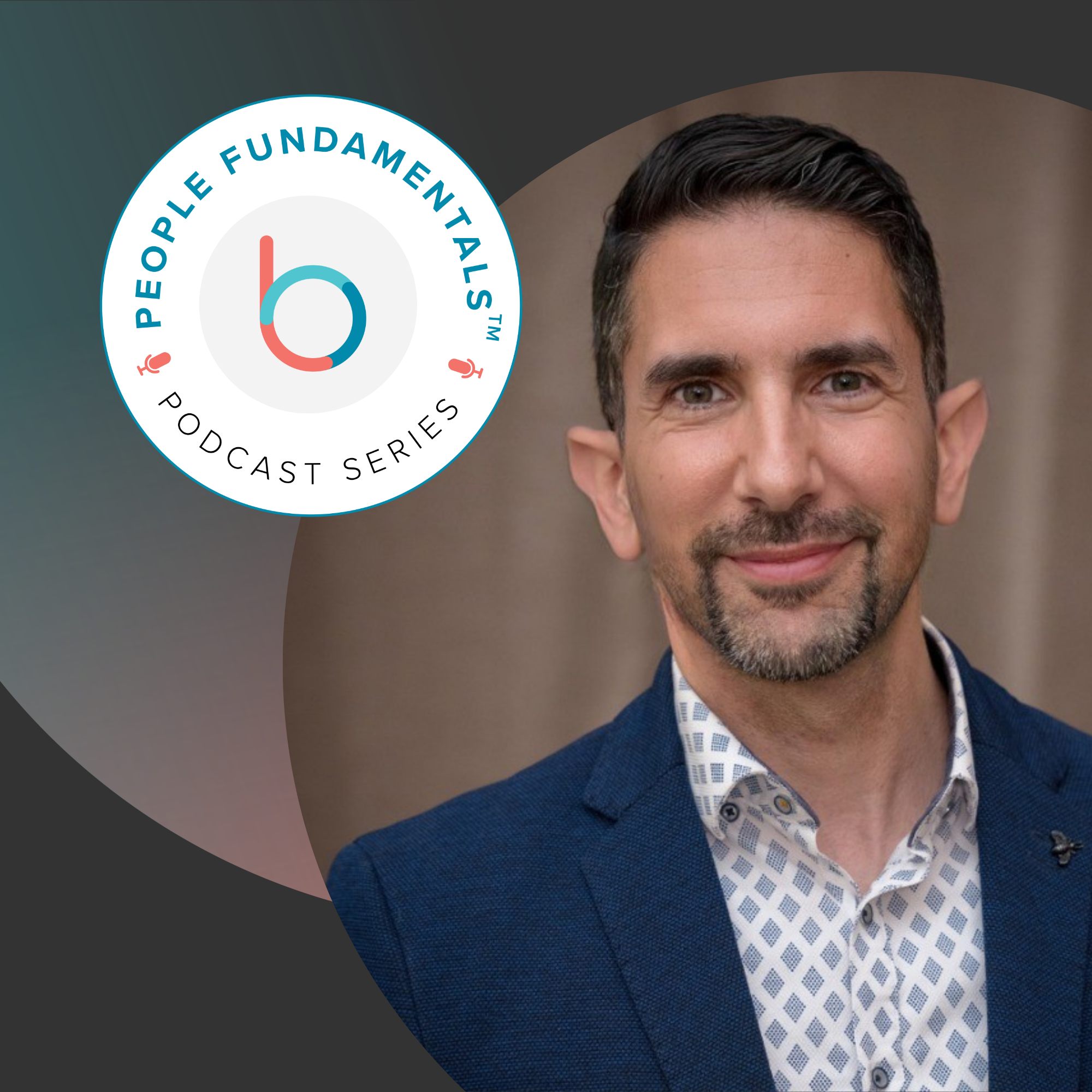June Bower knows a lot about the power of talking. After all, she’s the “talker in chief” at TalkShop Workshops, where she helps corporate clients learn to communicate effectively in remote and hybrid work environments.
But when it comes to feedback, Bower says, listening is always more powerful than talking.
Managers today are under more pressure than ever to help their reports grow and thrive so they can perform at their best. But that’s not easy, especially when offering performance feedback. “One of the hardest things for us all to do is to give to other people,” Bower says. “And we do not give by talking. We give by listening.”
We spoke with Bower ahead of her upcoming People Fundamentals webinar session, “The Feedback Formula: Empowering Managers to Drive Performance.” Read on for highlights from the conversation, including Bower’s insights into fostering better feedback through listening.
“Giving and getting feedback is one of the most important and powerful things leaders can do to help their company be more successful.”
june bower, talkShop
You can’t neglect people’s feelings
Only when a foundation of trust is present can managers and their reports communicate their feelings effectively. That may seem frivolous, Bower says, but feelings are a cornerstone of the employee experience, and they influence business outcomes.
“Your feelings drive so much of your work experience, and they certainly are the basis of how you trust people,” she says. “It’s not one particular thing they say: it’s many things they’ve said and how it makes you feel.” If team members don’t trust their managers, they’re far less likely to accept or act on any feedback they receive.
That’s why leaning into feelings is a crucial element of the feedback formula. “When we try to make ‘feeling’ something that we want to set aside, it doesn’t work very well,” Bower says. “If we address it head-on, it can really help build a trusting relationship.”
Leadership development guru Simon Sinek and his team, for example, meet once a week to talk about things that have nothing to do with work, Bower says. “People may say, ‘That’s not productive,’ but it is productive because the more you trust people, the more you can get work done,” she continues. “The more you can share openly and honestly, the more influence you have. It’s what I call an investment in being able to successfully get your job done.”
When managers invest in building positive relationships with their reports, they set the stage for better listening — and empower more effective feedback.
“Your feelings drive much of your work experience, and they certainly are the basis of how you trust people.”
June Bower, talkshop
Tailor feedback delivery to individual needs
To deliver feedback that matters to employees, managers have to frame it in a way that promotes the good of the other person. “Put your employee first and say, ‘The reason I’m giving this feedback isn’t so I can feel better. It’s so I can truly help this person to achieve more,’” Bower says. “If you have that frame of mind, not only will you do a better job coaching, but you will probably talk to that person sooner than you would have otherwise.”
Just calling out behaviors or actions that aren’t aligned with the employee’s goals isn’t a helpful approach to providing performance feedback. “You want to have influence in a way that someone’s willing to accept,” Bower continues. If a manager knows that one of their team members wants to become a manager, for example, they might point out opportunities where the team member can exercise their social skills.
That means going deeper than simply addressing surface-level behaviors. Managers need to be able to raise performance concerns in the context of the employee’s goals. As a manager, Bower says, “I need that person to buy in, to start with what they want to see happen. And then we’re going to talk about the behavior change relative to what they want.”
Good feedback has to stay focused on the person receiving it, and that means managers need to be prepared to have very specific, goal-oriented conversations with each team member. “If you just go in there and wing it, you’re not going to get the change you want,” Bower says. “But if you think about it in advance and you really, thoroughly understand the person you’re talking to, you’ll be more successful.”
Giving and receiving feedback is a skill
Continuous feedback from managers gives employees a step up on their journey to achieving performance and professional goals. “Giving and getting feedback is one of the most important and powerful things leaders can do to help their company be more successful,” Bower says.
But despite feedback’s impact on business outcomes, most organizations haven’t developed programs for training managers to provide effective feedback. “This is where HR can truly be trainers of people in organizations,” Bower says. “HR has the opportunity to build the curriculum, to bring third parties in, to do a lot around helping people build their skills and their confidence to understand the best ways to give feedback.”
The good news is that, although managers have traditionally earned their roles because they were high-performers, they can learn and practice skills related to people leadership — such as giving and receiving feedback. “Coaches are not necessarily great just because they’re great. They’ve also learned. They’ve built the skills,” Bower says. “And so coaches getting that feedback, hearing third parties give them ideas — these are all things that will have a huge impact and that HR can organize and make happen.”
That practice extends to receiving feedback, too. A strong feedback model puts managers in the position to not just give feedback to their teams, but also to practice receiving and applying feedback from their managers, peers, and direct reports. “My suggestion is just listen, take it in, and take it away with you,” Bower says. The more experience managers get on both ends of the feedback loop, the easier it will be for them to deliver effective feedback that drives business results.
Want to learn more? Register to attend “The Feedback Formula: Empowering Managers to Drive Performance.”
The Feedback Formula: Empowering Managers to Drive Performance












